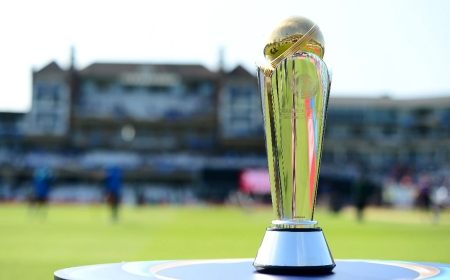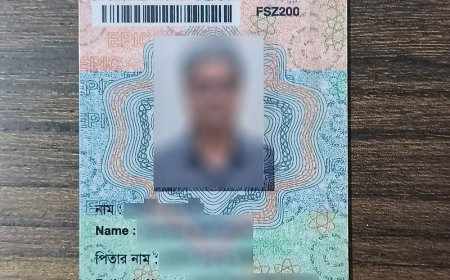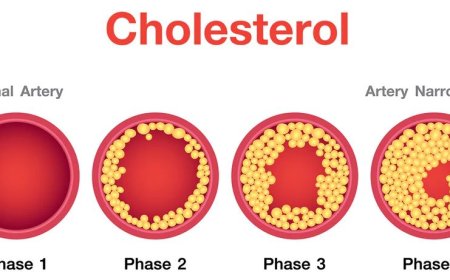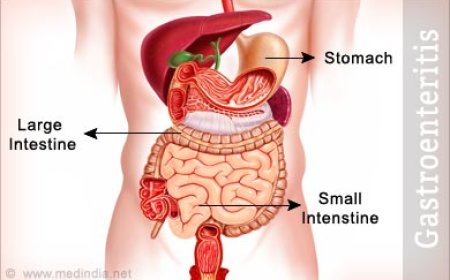Atrial Fibrillation
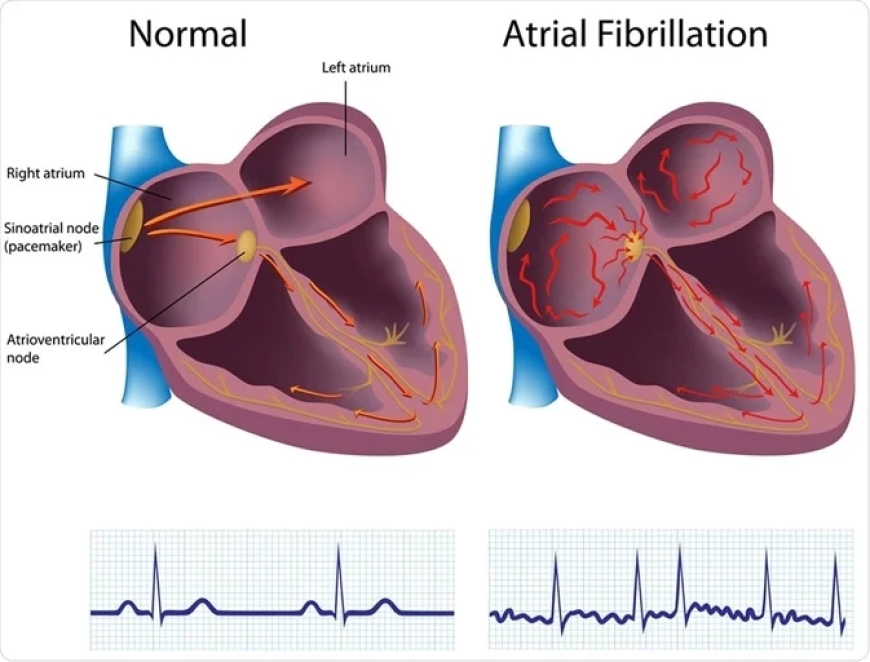
Introduction:
In the diverse and culturally rich country of India, where rhythm and harmony are celebrated, there is a condition that affects the heart's dance - Atrial Fibrillation. Today, we will explore this condition, its signs and symptoms, classifications, causes, risk factors, different types, diagnostic tests, treatments, complications, and some simple ways to support a healthy heart in India. So, let's embark on a journey of understanding and nurturing the rhythm of our hearts!
What Is Atrial Fibrillation? :
Atrial Fibrillation is like a dance where the heart's upper chambers (atria) quiver instead of beating in a steady rhythm. This can lead to irregular heartbeats and affect how the heart pumps blood.
How Is Atrial Fibrillation Classified? :
Atrial Fibrillation can be classified based on the duration and frequency of episodes. Some common classifications include:
- Paroxysmal Atrial Fibrillation: Episodes come and go and last for a short duration.
- Persistent Atrial Fibrillation: Episodes are longer and require medical intervention to restore normal rhythm.
Causes and Triggers:
The reasons behind Atrial Fibrillation can be like different tunes that impact the heart's rhythm. Some common causes and triggers for Atrial Fibrillation in India include:
- High Blood Pressure: Individuals with uncontrolled high blood pressure may be at risk of Atrial Fibrillation.
- Heart Diseases: Conditions like heart valve problems or heart attacks can trigger Atrial Fibrillation.
Risk Factors with Examples:
Certain factors can increase the risk of developing Atrial Fibrillation, just like some kids may be more inclined towards dancing based on their interests. Some risk factors include:
- Age: Older individuals may have a higher risk of Atrial Fibrillation.
- Family History: If someone in the family has Atrial Fibrillation, others may have a higher chance of developing it too.
Types of Atrial Fibrillation with Detailing for Each Type:
Atrial Fibrillation can vary based on the duration and frequency of episodes. Some common types include:
- Paroxysmal Atrial Fibrillation: This type includes episodes that come and go and last for a short duration.
- Persistent Atrial Fibrillation: This type includes episodes that are longer and require medical intervention to restore normal rhythm.
Diagnostic Tests and Treatments:
To diagnose Atrial Fibrillation, doctors may perform tests to monitor the heart's rhythm and activity. Some common treatments include:
- Medications: Doctors may prescribe medications to control heart rate and rhythm.
- Cardioversion: This procedure involves using electric shocks to restore the heart's normal rhythm.
Complications of Atrial Fibrillation and Prevention Techniques:
Atrial Fibrillation can lead to complications like blood clots or heart failure if not managed properly. To support a healthy heart, kids can practice a heart-healthy lifestyle, such as eating fruits and vegetables, staying active, and avoiding smoking.
Atrial Fibrillation might be like a dance that affects the heart's rhythm in India, but with the right knowledge and heart-healthy practices, we can nurture the dance of our hearts. Just like we celebrate harmony and rhythm in our cultural traditions, the heart's rhythm is essential for our well-being. By understanding the importance of a healthy heart and supporting individuals with Atrial Fibrillation through medical care and a heart-healthy lifestyle, we can ensure a nation where the hearts of every Indian dance with joy and vitality, creating a symphony of health and happiness.
What's Your Reaction?




















